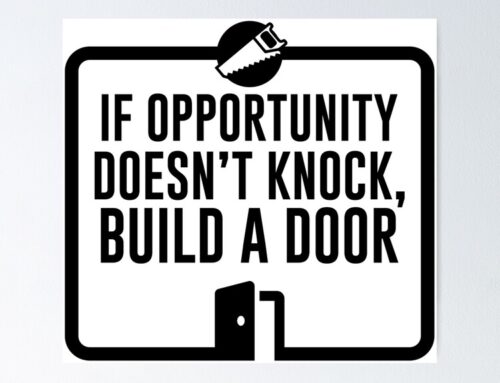Opposites Attract: Top Tips For Blending Brand And Sales Marketing
Nearly 20 years ago, John Gray published a bestselling book called “Men are From Mars, Women are From Venus,” in which Gray states that these genders are acclimated to their own planet’s society and customs, but not to those of the other, often giving rise to communication problems in male/female relationships.
Could it be that this also applies to sales and marketing functions within B2B organizations?
While I won’t comment here on how things have improved in gender relations since Gray’s book was published, I would suggest that the enduring question of sales and marketing co-existing remains a challenging one. The planet that sales lives on has traditionally been revenue-focused, short-term in nature and has often viewed marketing as wasteful. While marketing’s planet has been characterized by a focus on creative brand, a longer-term view on campaigns and a reticence to tie activity directly to revenue generation. Sales enablement has traditionally been viewed by marketing teams as “beneath them.”
It’s time to change. But where to start?
The most obvious place to enact change is organizational structure. By removing the traditionally siloed approach to the two disciplines, alignment naturally improves. But the mindset has to change, too. For example, brand marketers need to accept that sales enablement is not, after all, beneath them and, in fact, represents a crucial tool in generating revenue momentum. While sales has to recognize that brand marketing, done well, does establish buyer preference and, in a rapidly commoditized world, can open some promising doors for the sales team to close the deal on.
An obvious answer to better sales and marketing alignment lies in integrating brand marketing with sales marketing by creating campaigns that work across multiple audiences, multiple channels and in multiple formats. So why doesn’t everyone just do this?
Because it’s hard.
Time and again, as an agency partner, we see these issues play out. Brand marketers shy away from developing a deep understanding of product functionality and the inherent complexity of the product “sell,” which results in sales remaining, at best, skeptical that marketing understands its needs and, at worst, discourages sales from even engaging at all.
So how can brand and sales marketing teams work together in a better way than merely settling for something less than what they need? Here are my top tips on making brand creative sell.
Be as account-centric as possible.
Companies now have the benefit of using not just cultural insight and brand planning models, but insight on specific companies and specific people, to inform their strategies. This exists across a blend of first- and third-party sources, incorporating a spectrum of quant and qual data sets. Utilize tools to help with social listening and network analysis and invest in analyst and customer research. Plus, you should aggregate account and stakeholder profiling as well as intel from the sales teams — the actual people calling on target accounts. OK, so we take an almost obsessively comprehensive approach, but any brand can beef up its efforts to collate account-centric insights, making them the foundation of great creative campaigns.
Find the red thread.
So, if insight is your campaign foundation, you then need to build editorial on the topics that bring brands, solutions and customers together into our campaigns. Try to define the storylines that can travel up, down and sideways, existing at different depths in different forms of communication. The goal is to create a brand narrative that inspires stakeholders and which drives engagement. The key lesson here? Build a narrative that can act as the crucial “red thread” throughout the campaign, allowing the brand and sales efforts to align around that crucial common point of view.
Employ the right creatives or creative partners.
Most creative teams spend most, if not all, of their time at either the brand or sales enablement poles. You need creatives who can thrive in between. Find writers, designers, journalists, creative directors and animators who can balance an appetite for complex topics with a demand for elegance. We have helped clients in this space for years and find this is the solution to perfecting “anti-category” work that looks like brand, feels like brand, yet punches like sales. Then be able to build out this content in different form factors — in different channels — to different members of a buying committee.
Ask yourself when you review any piece of creative, “How far can this extend? Can it work across multiple forms, in multiple ways?” If it doesn’t, demand your creative team go back to the drawing board.
Brand can no longer stand alone, distinct from the drive to hit ever more ambitious sales targets. The tips above are only part of what is crucial to making a brand story work hard for sales. But each point is applicable for anybody looking to really support their sales effort with compelling brand initiatives. Now is the time to start applying these efforts to the specific brand and sales challenges that you and your company face.
Article by: Greg Salmon
_________________________________________________________

206-391-5682
i2i@i2idirectmarketing.com
www.i2idirectmarketing.com
“…all deliveries GPS tracked…”





